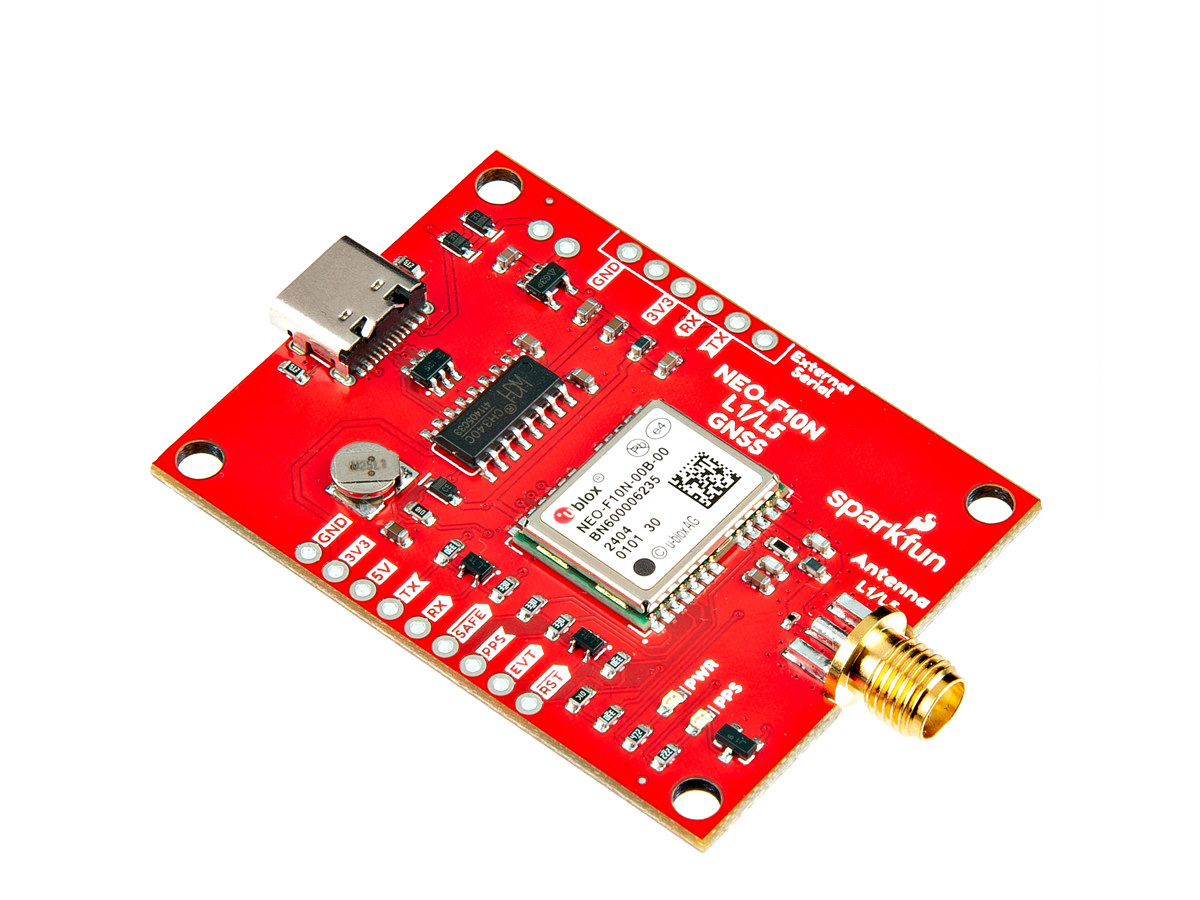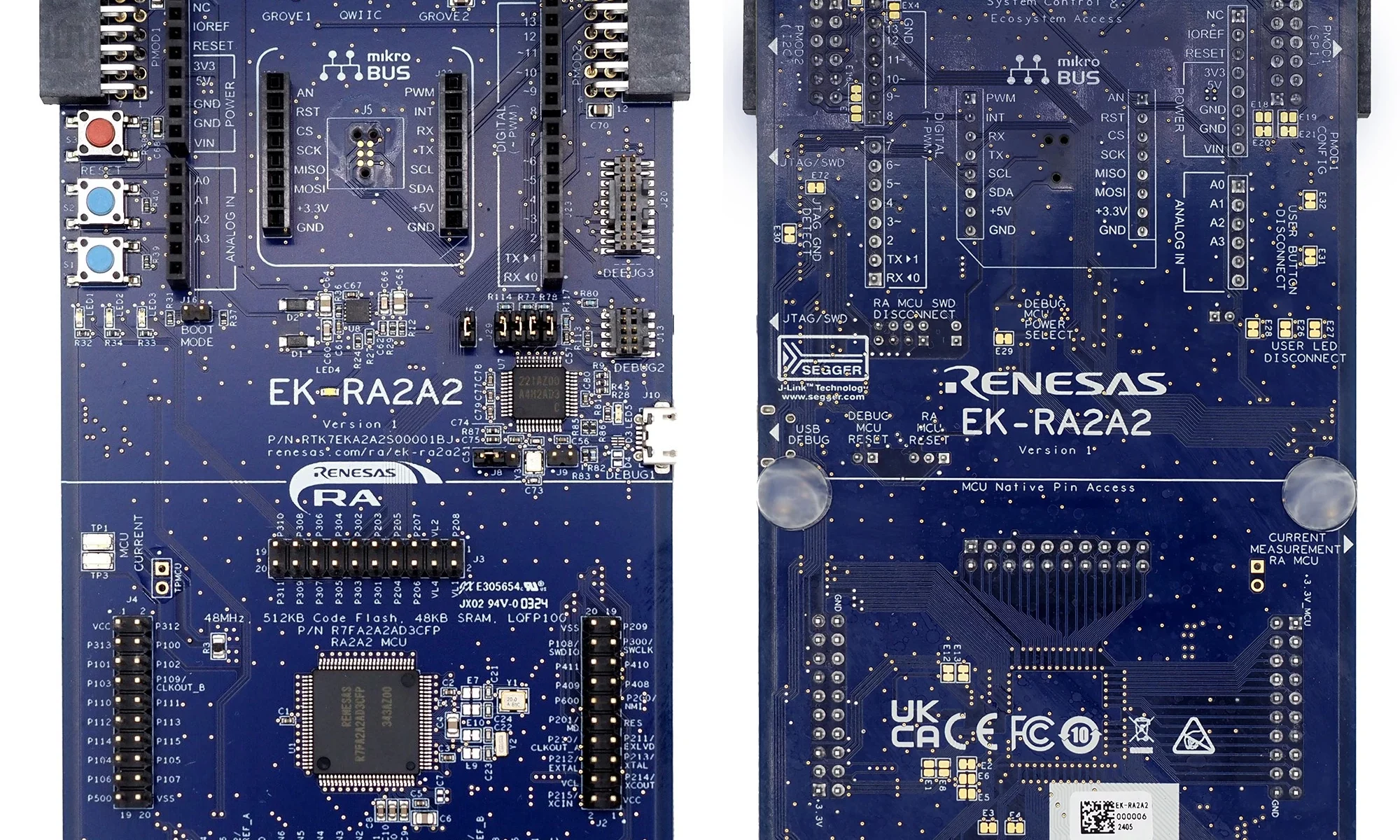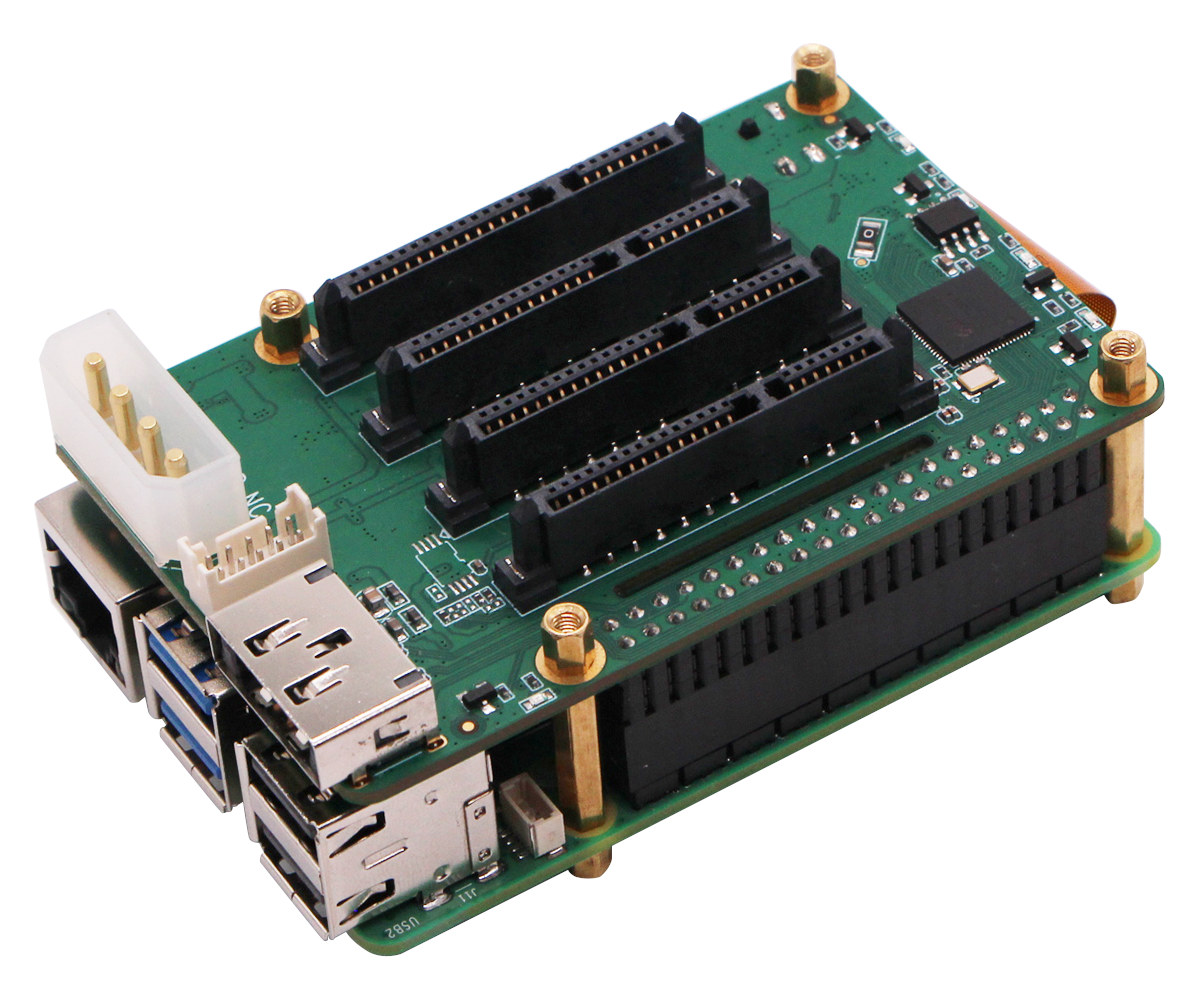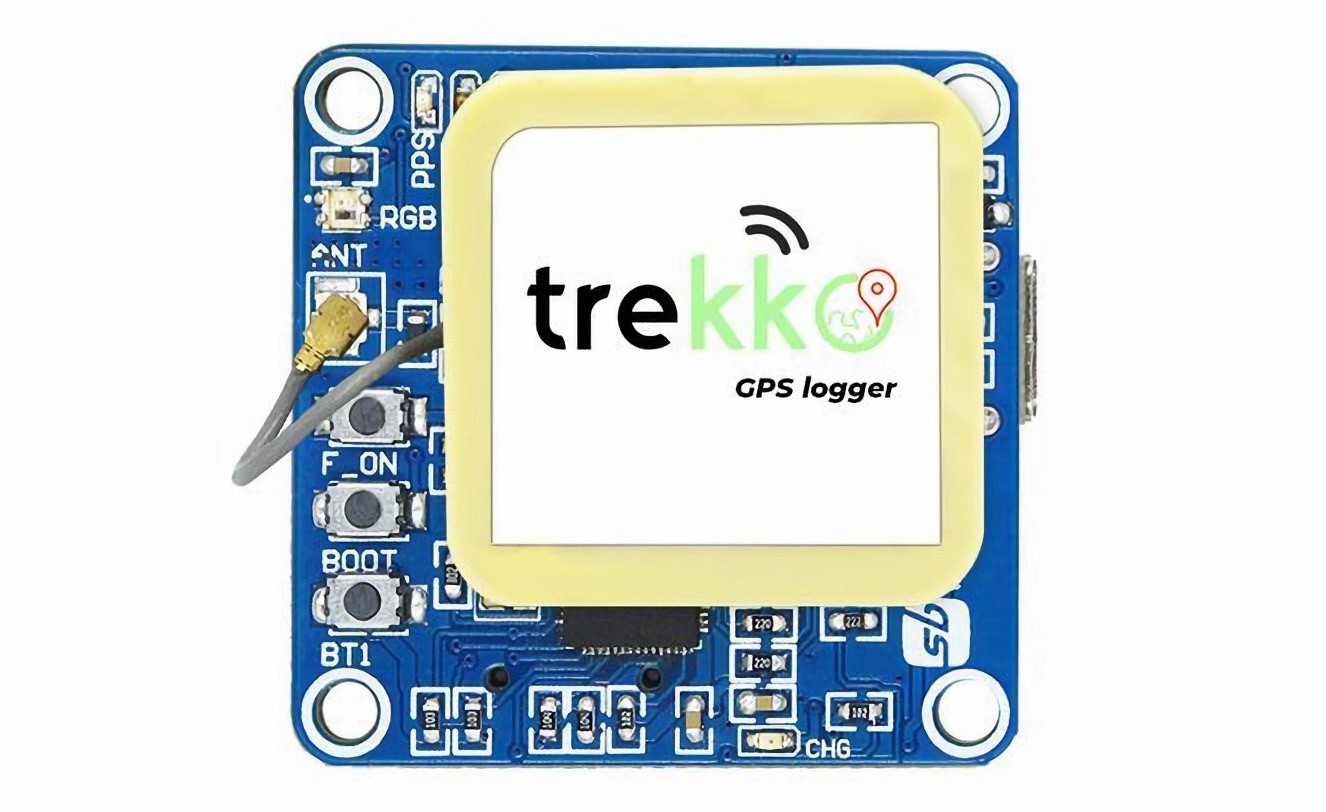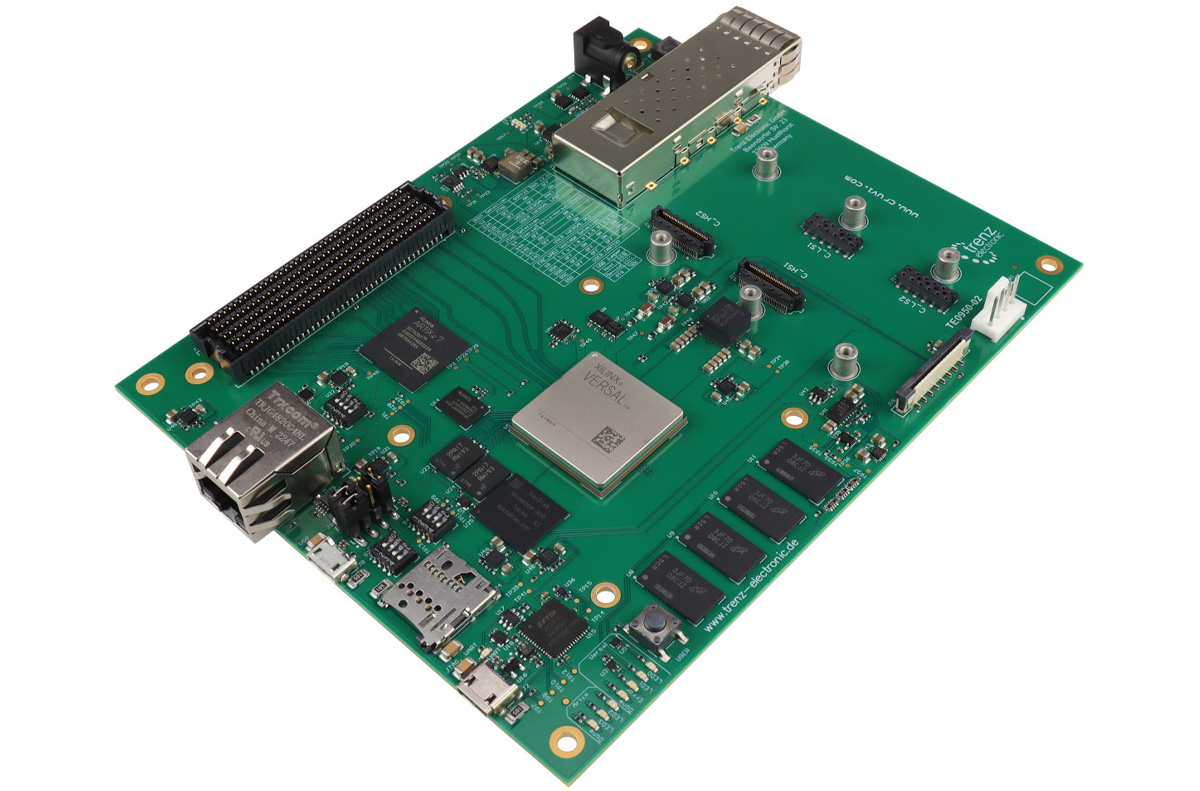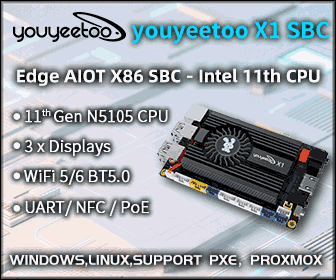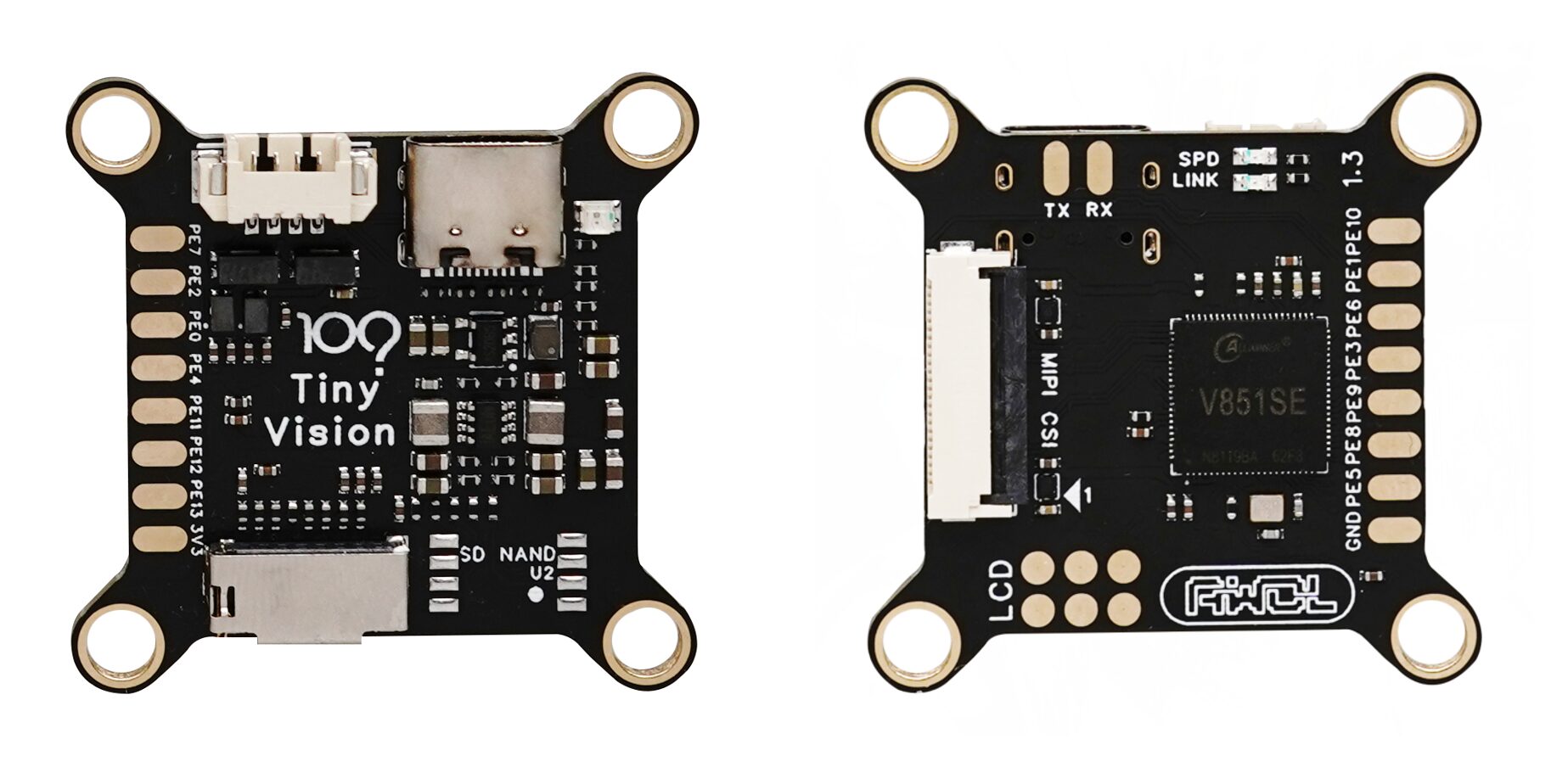Olimex VGA2HDMI is an open hardware board for VGA to HDMI conversion
Olimex VGA2HDMI is an open-source hardware VGA-to-HDMI converter specially designed and tested to work with the CERBERUS 2100, AgonLight 2, and Agon Origins boards. The board has a VGA port as input and an HDMI port as output and a USB-C port is there to provide the external power required for the board. In one of our previous posts, we wrote about the NovaVGA Shield, which adds VGA output to your Arduino UNO. Now, with the help of this board, that capability can be extended to HDMI. There are also extenders that carry VGA signals over Ethernet cables, a topic we have covered in another post. With this new board, you can convert that VGA signal to HDMI. It’s not like there aren’t other VGA to HDMI converters on the market; a quick Amazon search gave me the VENTION VGA to HDMI Adapter, but among them, most were HDMI to […]



